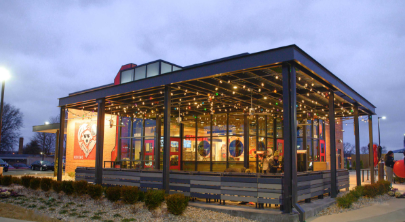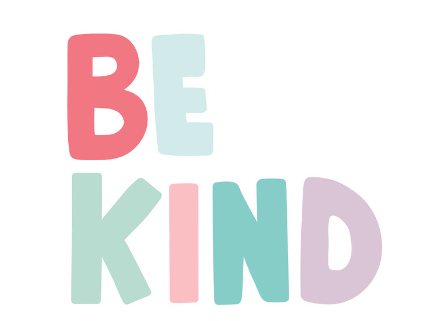The Holocaust Death March
Death marches were an extreme way to evacuate prisoners. During death marches, prisoners were forced to walk thousands of miles without food, water, and shelter. Many people died from all types of death marches. However, the Holocaust Death March was among the most severe and deadly.
The Holocaust Death March took place because enemy forces were coming towards the concentration camps. The Soviets were closing in on the east, and the Americans and British were closing in on the west. The SS had to move prisoners to cover up the extreme crimes they had committed. The SS burned documents, ruined buildings, and destroyed as much evidence as they could before evacuating the prisoners. Since the Soviets were approaching Auschwitz, The SS moved the prisoners thirty miles to Gliwice, a nearby concentration camp.
As I had said, there were only 13 known survivors out of the 66,000 prisoners forced to evacuate. Many prisoners died from injury, illness, and the extreme temperatures they faced. Most prisoners did not have shoes while they were walking through snow and mud. If the prisoners were strong enough to wear coats, they would receive a very thin winter coat. The prisoners would often get shot if they could not walk fast enough to march with the rest. Prisoners would also get shot if they tried to run away. However, some people were successful with escaping.
Eva Gestl Burns was one person who was able to escape. Eva and her friend worked at a labor camp and got moved because the Russians were behind them. Eva and her friend made a plan to escape when the prisoners were getting in their mandatory rows they had to be in when they marched. When Eva and her friend decided to run, they cut off their Stars of David. They got stopped and questioned by the police, but they acted surprised. They changed their names and joined a troop of German Refugees.
Death marches are an important part of history around the world. Many lives were lost during death marches, especially during the Holocaust Death March. With an assumed 65,987 prisoners dead after the Holocaust Death March, less than one percent of prisoners survived. Death marches covered up the extreme crimes they committed to avoid consequenc

Hello, my name is Dixie Wagoner. I am a senior writer for the Kings Courier. I have played tennis here at Lewis Cass for four years. I love spending time...






